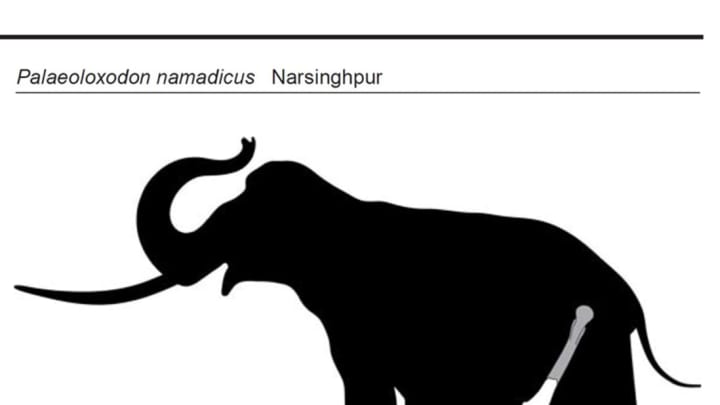For decades, an extinct group of rhinos have been universally recognized as the biggest land mammals of all time. Some 34 million to 23 million years ago, the hornless Paraceratherium genus dwelled in what’s now central Asia. Thus far, we’ve discovered at least three species. Given their long necks and tall builds, these herbivores invite vague comparisons with modern giraffes. In fact, just like the spotted leaf-eaters, Paraceratherium might’ve used strong, grasping lips to yank down tree branches.
At roughly 18.7 tons, the heaviest adults were giants in every sense of the word. But new research suggests two mammals were bigger.
According to a new study, Palaeoloxodon namadicus, which once roamed India, China and Japan and is closely akin to the modern Asian elephant, was a 24-ton colossus, 16 feet tall at the shoulder. And Mammut borsoni, a European mastodon, was 13.5 feet tall, and especially big ones weighed at least as much as the rhinos, and possibly more.
If the study is correct, that means Palaeoloxodon namadicus is the biggest land mammal to have ever walked the Earth.
Collectively, elephants and their prehistoric cousins are called proboscideans. Enormous as today’s varieties are, they’d almost look puny alongside these bygone species. Yet, there’s no sure-fire way to figure out exactly how tall or massive those deceased behemoths could get. So paleontologist Asier Larramendi compared the bones of 24 species, living and extinct. (For Palaeoloxodon namadicus, he had only a single femur to work with.) He developed digital models based on this data, and then calculated the new weight and height estimates.
At such an impressive size, Palaeoloxodon namadicus would’ve not only outweighed Paraceratherium, but possibly certain long-necked dinosaurs like Camarasaurus as well. The behemoth died out around 24,000 years ago.
